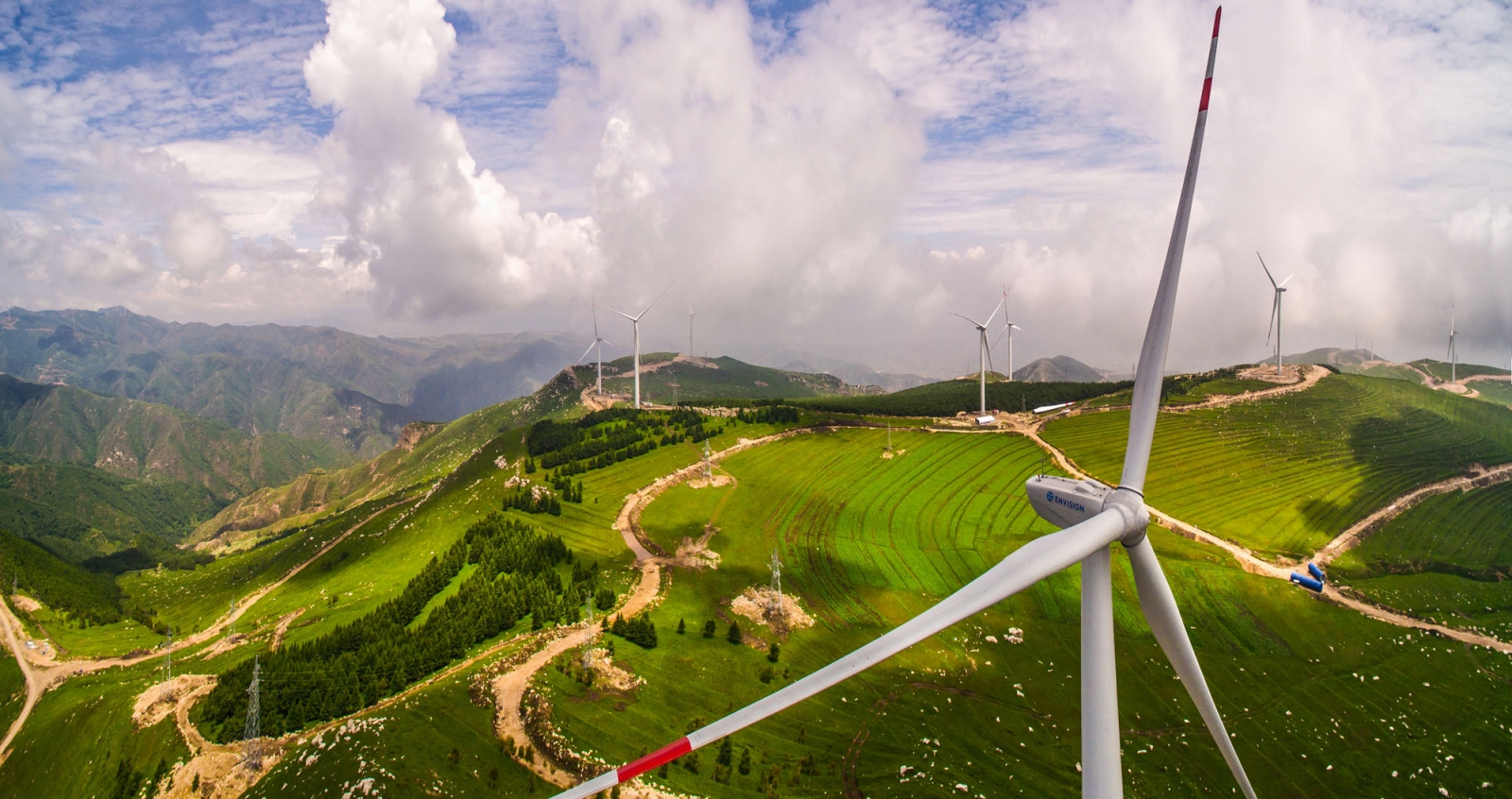The number of jobs in the global energy sector rose to 67 million people in 2022, an increase of 3.5 million from pre-pandemic levels, as growing investment in clean energy technologies drove demand for new workers in every region of the world, according to International Energy Agency(IEA)report. But it also warning the skill shortage is the key barrier to ramping up activity.
The IEA released the second edition of the World Energy Employment report on November 13, revealing that more than half of employment growth over this period was in just 5 sectors: solar PV, wind, electric vehicles (EVs) and batteries, heat pumps, and critical minerals mining. Together, the five sectors employ around 9 million people, of which solar PV is by far the largest employer, accounting for 4 million jobs, while EVs and batteries were the fastest growing, adding well over 1 million jobs since 2019.
China boasts the world’s largest energy workforce, the IEA said in the report, with over 19 million employees - or 28% of the global workforce - in 2022. Its clean energy sector constitutes about 60% of the nation’s total energy workforce, a ten percentage-point increase since 2019. China’s clean energy manufacturing industries support about 3 million employees, representing 80% of the global workforce in manufacturing solar panels and electric vehicle batteries.

Wind Farm in Shanxi, China. (Photo: Wikipedia)
Last Thursday, Zero Carbon Analytics, an international energy research organization, said renewable energy investment in Asia is growing at 23%, primarily due to China, amounting to 345 billion USD allocated to wind, solar, and clean vehicles by the end of 2022.
On the same day, the European environmental and energy think tank, Ember, released its latest report "Beyond Tripling: Keeping ASEAN’s Solar and Wind Momentum." The report indicates that Vietnam plays a pivotal role in solar and wind power generation within the ASEAN region, accounting for 69% of the total power generation in the bloc last year. Over the past 8 years, Vietnam has driven an annual growth of approximately 43% in the combined renewable energy generation of solar and wind power for ASEAN countries. However, recent growth has slowed down due to the implementation of new tariffs.
ASEAN’s solar capacity reached 26.6 GW in 2022, while its wind capacity reached 6.8 GW. However, these figures represent less than 1% of the region’s enormous solar and wind potential, which exceeds 30,000 GW and 1,300 GW, respectively.
The prospects of the renewable energy industry are promising, but there may be a talent shortage. IEA’s report finds the number of workers pursuing degrees or certifications relevant to energy sector jobs is not keeping pace with growing demand. This is particularly the case for vocational workers like electricians specialised for energy-sector work, as well as professionals in science, technology and engineering. Construction-related occupations are set to face particularly acute skills shortages, limiting the availability of labor to install clean energy technologies and retrofit buildings, according to the analysis.
“The unprecedented acceleration that we have seen in clean energy transitions is creating millions of new job opportunities all over the world – but these are not being filled quickly enough,” said IEA Executive Director Fatih Birol.







